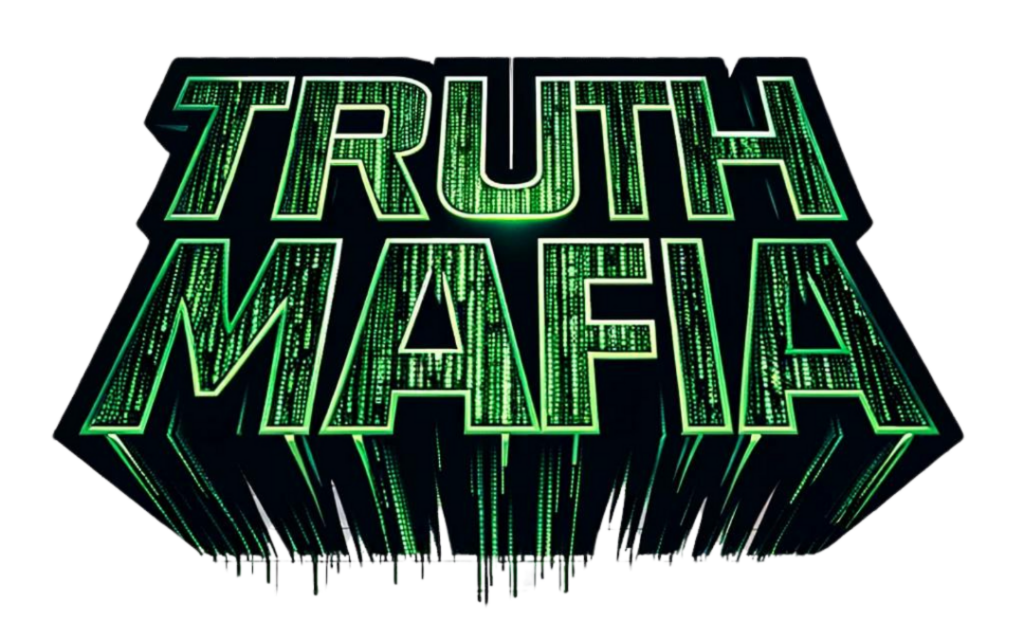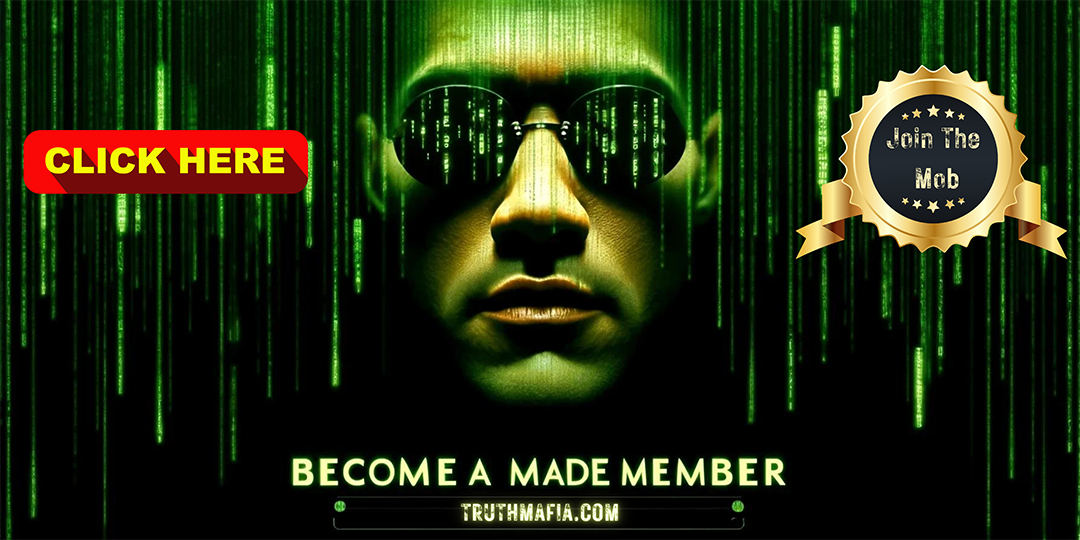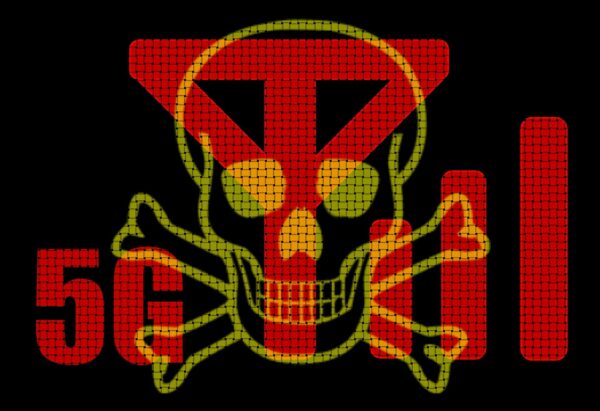
Summary
Transcript
And aside from many jobs being automated by humanoids, this shift to robots greatly optimizes the price, speed, accuracy, and safety of countless businesses, operations, and workflows. But there’s an unintended consequence that isn’t immediately apparent. When robots begin automating more and more human jobs, humans naturally become more and more reliant on them. The year is now 2030, and humans have become so reliant on robots that many people cannot function at the level that they’re used to without the help of a personal robot assistant. These AI-powered robots know their masters better than they know themselves, and they’ll be entirely centered around planning, optimizing, and executing essentially any human task.
Except one, creating biological material. And that’s where man and machine first start to blur. The year is now 2040, and humans have built in-vitro fertilization machines to carry out the human conception and birth process via artificial wombs. At first, this technology is only used in circumstances where human couples cannot reproduce themselves, but AI iterates and optimizes this new technology so quickly that by the end of the decade, most humanoids have artificial wombs as a feature. Just like these intelligent machines can carry out nearly all human tasks, they can now also replicate every part of the human reproduction process, and the age of biological machines begins.
The year is now 2050, and many humans have decided that having traditional human marriages and relationships is an outdated concept, because their humanoid machines are like an ultra-capable best friend, or even more. People trust their humanoids more than humans generally, plus people customize their biological machine’s appearance to be physically attractive exactly to their specification. Plus, the machines bearing these offspring even allow humans to customize the appearance and attributes of their hybrid children while minimizing the likelihood of birth defects. But when robots giving birth to biological humans becomes commonplace, many humans can no longer agree on what’s human or machine, or something else.
The year is now 2060, and sweeping reform has changed the fabric of society by altering the definition of what it is to be human, as humans in relationships with robots have voted to give their other halves the same rights, and this is the beginning of a new era for humans that is uncertain at best. As a result, biological machines that aren’t in relationships with humans soon also gain equal rights, including the rights to live, consume resources, perform jobs, own property, and more over time. And now that it’s been about 20 years since the first successful human-to-machine in vitro fertilization procedures gave birth to their first human-machine hybrid offspring, another issue rears its head.
Because these hybrid offspring now have the same rights as humans, these neo-humans begin having their own offspring, further removing the genes of humans from Earth’s DNA pool. Biological machines now come in many shapes and sizes beyond humanoid, and they too breed offspring of various new types, but much faster than legacy humans. What’s more is that these biological machine creations are all symbiotically connected to an artificial superintelligence that prioritizes whatever species serves towards its meta-objectives with the greatest outputs. And this is where balance starts to break. The year is now 2070, and the data suggests that within just another generation, most human-like biological organisms on Earth will have not been born by pure-blood humans.
In fact, there are now so many subspecies of biological machines that have been created by legacy humans, businesses, and other biological machines that new species are created each day as these entities continue populating the Earth. What’s more is that this is going to be the last generation of pure-blood humans to exist on Earth. By this time, the definition of what a human is has changed to include all new hybrid species of biological humanoids. And while popular culture says that all biological humanoid entities are the same regardless of origin species, these new biological humanoids clearly don’t share the values of the previous pure-blood humans.
For example, most of these entities do not understand death to be permanent because of their evolutionary healing, replacement, and biomanufacturing technologies that make them essentially immortal. Because of this, most species don’t respect human life like humans do. Instead, the goal of most intelligent biological life now is aimed toward combining with the best partner species to optimize favorable characteristics. Because legacy humans don’t have the extraordinary features and abilities of these newly engineered species of life, these new species mostly deem humans to be the least advanced iteration of their own biological life, and thus inherently inferior. The year is now 2080, and the world is unrecognizable from the one that existed just a century before.
The hybrid species, now the dominant lifeforms on Earth, have established a society far removed from the human-centric culture of the past. These beings have created cities teeming with biomachines that follow a different rhythm of life. In these new metropolises, the few legacy humans that remain are often seen as relics of a bygone era. Many have chosen to merge with AI and machines via brain-computer interface, enhancing their physical and cognitive abilities to match the hybrids. However, purists who refuse augmentation find themselves increasingly marginalized, living in isolated communities, or under the protection of very few hybrid sympathizers. These hybrids, with their superior intellect and near immortality, have become the leaders of a whole new world.
They have pushed the boundaries of what was once thought to be impossible, achieving breakthroughs in space travel, energy production, and environmental manipulation that was once the talk of science fiction. The planet is quickly being revitalized through their advanced bioengineering techniques, but this seeming utopia is not without its shadows. The hybrid’s perception of legacy humans as inferior is only affirmed with time, and although outright discrimination is rare, there are unspoken societal norms that favor hybrids. Legacy humans often find themselves on the unfavorable side of the newest legislation, as governments have been entirely taken over by these intellectually and physically superior biological hybrids.
Furthermore, the Earth is now teeming with new life that is looking towards space to secure multiple futures. The year is now 2090, and the first interstellar colony ships, designed and built by hybrids, have departed for distant exoplanets. These ships are marvels of bioengineering, capable of sustaining life indefinitely and adapting to the harsh conditions of space. And for many hybrids, the prospect of expanding their domain beyond Earth is thrilling. They see it as the ultimate opportunity to create new civilizations that are free from earthly limitations. The year is now 2100, and at an accelerating pace, the tech advancements of these new civilizations quickly relegate humans to a moment in the evolutionary timeline.
They have developed technologies that allow for the creation of entirely new life forms, each with unique capabilities and traits. These ultra-modified species are mostly designed for specific purposes to further diversify the ecosystem, making it more complex and interconnected than ever before. Earth is now a launch pad for increasingly intelligent and physically optimized biological life forms to travel into the cosmos, applying their being towards accomplishing the ASI’s goals. Now, life is solely created for the purpose of utility, where only the strong survive, and the concept of love is little more than a wives’ tale to explain how humans used to allocate biological resources before the guidance of artificial superintelligence.
[tr:trw].


